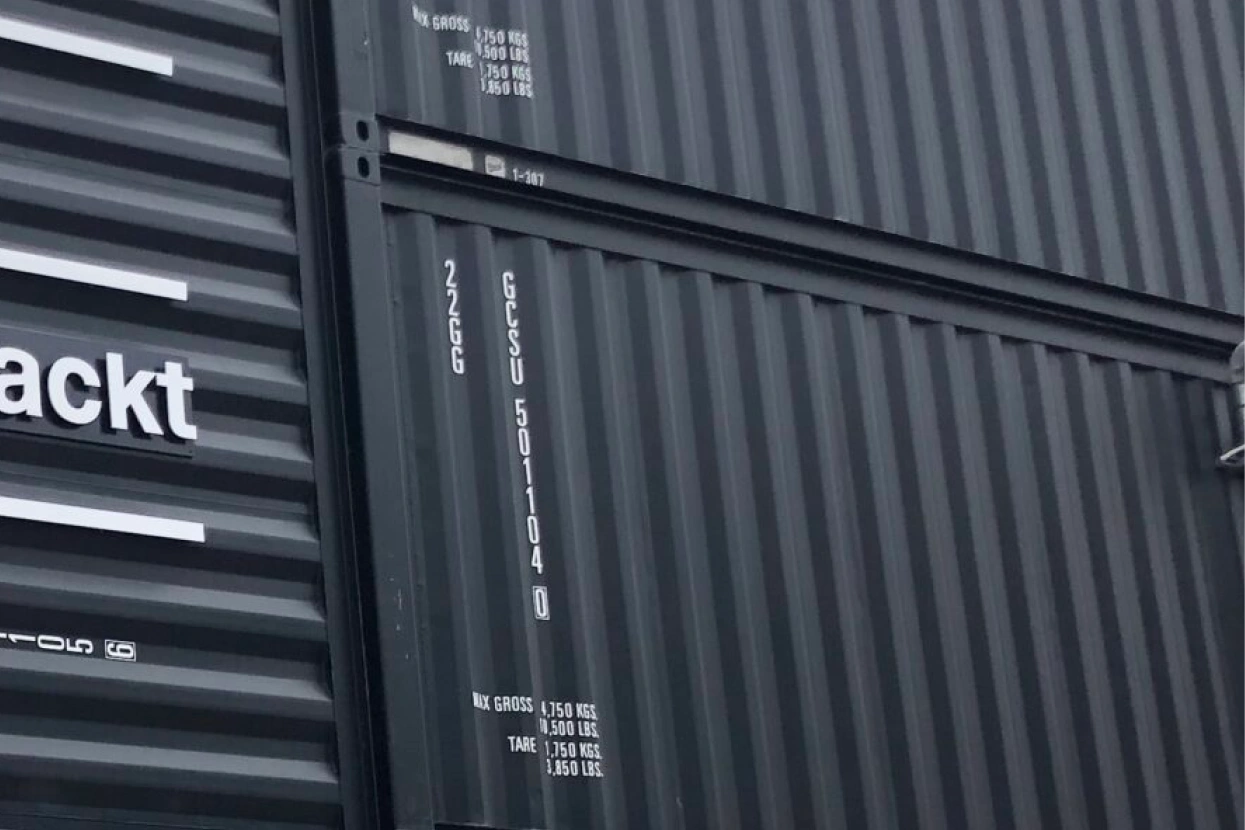9 Things to Consider Before Buying a Shipping Container for Storage


There are so many empty shipping containers in the world, that they actually outnumber those that are in use. Many are being repurposed for residential or commercial use, by using them as modifiable, modular, prefabricated buildings. They are cost-efficient and very portable while being able to withstand severe weather and fire.
While they are excellent options for cheap and effective buildings, something that we at Giant Containers already do as a large part of our business, the humble shipping container can still be used largely for its original purpose: holding large amounts of items safely and securely. They are great for outdoor sheds or simply as a place to hold many of your belongings.
If you are considering purchasing a shipping container for storage for you or your business, there are a few things you should keep in mind before obtaining your container.
1. Delivery
There are a number of factors when considering how you need your shipping container delivered. Where do you want your container? Is it easy to get to? Will you need specialized equipment to put it in its final place? Will it fit? How far away from the container depot is it, and will I need extra equipment if that is the case? Many container companies will ship your containers on a flat-bed truck for long distances, which requires additional equipment to remove.
2. Permits
A building permit is usually only required if you are not setting up any permanent foundations for your structure. This means setting your container on concrete footings or railroad ties, for example. If, however, you are looking to turn it into a more permanent structure, you may be required to get a permit first.
3. Foundation
Although you don’t require a permanent foundation for your container to sit on, it is still a good idea to have something rather than nothing. Having the container on the ground may mean it won’t drain or ventilate properly, which may lead to corrosion and decay at the base.
4. Initial vs Maintenance Costs
Being a premade structure, the upfront cost of a shipping container is generally considerably higher than that of a concrete or wood-frame structure. However, the building of the structure itself may involve associated costs like construction, material transport, and labour. The maintenance of the container would also be much lower over time, as it will tend to hold up better in the face of harsh weather conditions and wear over time.
5. Stacking
You may need more than one container if you’re thinking about having lots of storage space. Generally, if you need that many, you shouldn’t be stacking more than seven high, but the overall height of the stack also depends on the structural integrity of the lower containers. You may also need additional support, on the interior if you’re concerned about structure, on the exterior if high winds are a concern for knocking over taller stacks.
6. Security
Add a simple lockbox to your container if it is not already equipped with a security system. It adds an extra degree of safety to an already secure container.
7. Ventilation
Condensation can occasionally be an issue if your container will reside in a region where day and night temperatures are highly variable. There are a couple of common options like fixed vents and a basic HVAC system that can do the job well.
Cargo may leave behind unpleasant smells, even long after the cargo has been shipped. Instant coffee is excellent for absorbing unwanted odors and can be spread inside the container and left for a few days with the doors shut. It will leave a faint coffee smell afterwards, but the chances are that smell is far preferable to what you were trying to get rid of in the first place.
8. Size
Most containers come in 20 foot and 40-foot variants, 40-foot cubes, and extra tall 40 foot containers. First, consider the size of the footprint you have available to you on the lot, and then check the price per square foot each container is going to maximize your investment. Also, consider how much space you realistically need, even if a larger container has a lower cost per square foot.
9. Cheaper Isn’t Always Better
Absolutely, you should find a container that suits your budget, but simply buying the cheapest unit you can find is usually not the best solution. Be sure to check the condition of the container, choosing one with as few defects as possible. There are also different containers for different uses. Reefers are good options for refrigeration, while open-side containers are good for oddly shaped cargo. You are likely going to have to do some research to find the typical cost of a used container, of various types and various states of repair.
Summary
It’s important to find the right supplier for your shipping containers, as some suppliers may not be as friendly as they might initially appear. Giant Containers can help you find the containers that are right for you, whether you need new, used, or custom containers for storage, prefabricated buildings, or even for container cafes. Call us today, or visit our website for more information.
Need some more inspiration?
Check out our recent projects





